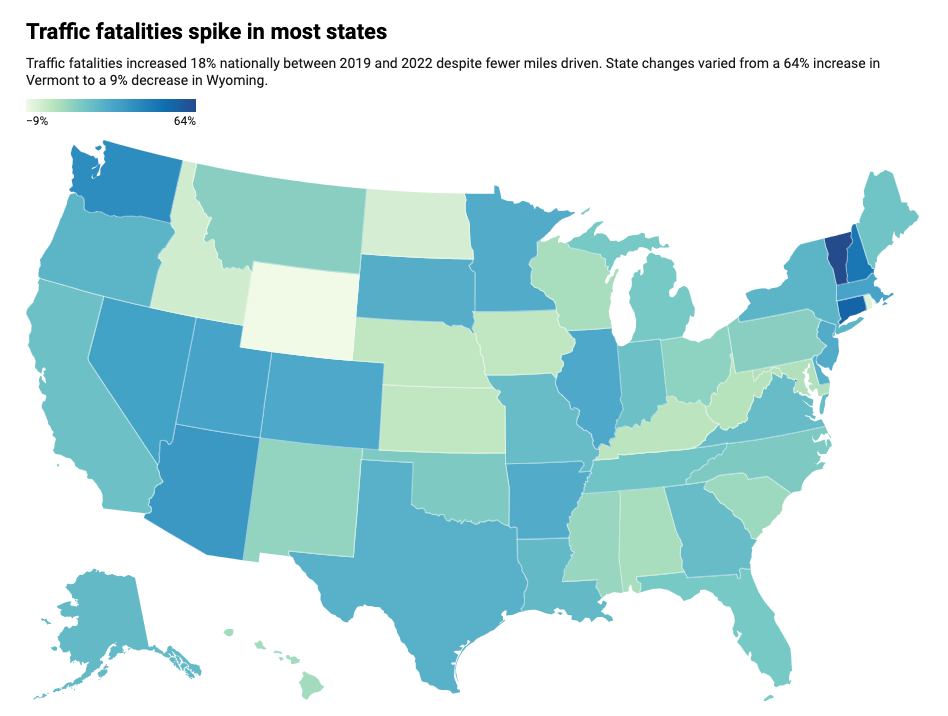The Paradox of Road Safety: Less Driving, More Fatalities

In an alarming and somewhat paradoxical trend, recent reports have highlighted a spike in traffic fatalities across the United States, despite a decrease in overall driving. This unexpected rise in road deaths, amidst reduced vehicular movement, is causing concern among lawmakers and public safety advocates.
The data, as discussed in a recent Stateline article, indicates that even though Americans have been driving less, especially since the onset of the COVID-19 pandemic, the rate of traffic-related deaths has not diminished. In fact, it has increased, presenting a puzzling challenge to those tasked with ensuring road safety.
This trend raises several questions about the factors contributing to the rise in fatalities. Possible explanations include an increase in reckless driving behaviors, such as speeding or driving under the influence, and changes in traffic patterns that may have led to more hazardous road conditions. Additionally, the shift in commuting patterns and the increasing number of pedestrians and cyclists on the roads could also be contributing factors.
Lawmakers and road safety experts are now faced with the task of dissecting these trends to implement effective measures. This might include stricter law enforcement, public awareness campaigns focused on safe driving practices, and perhaps a reevaluation of road safety laws and infrastructure.
The rise in traffic fatalities despite reduced driving is a stark reminder of the complexities surrounding road safety. It underscores the need for continuous evaluation and adaptation of safety strategies to address changing patterns in road usage and driver behavior.





